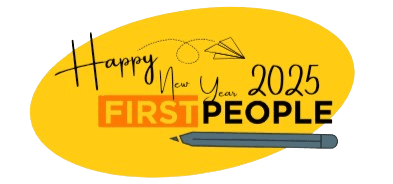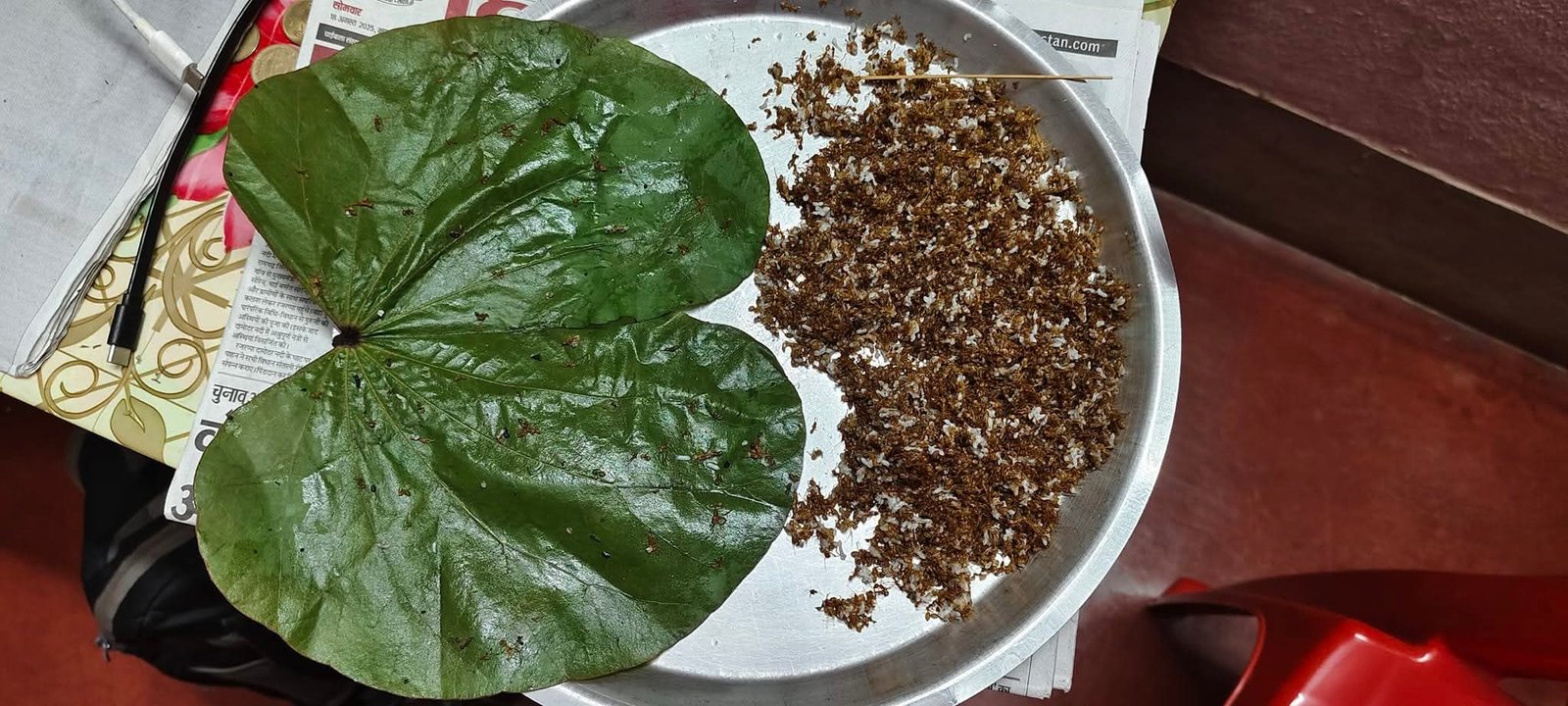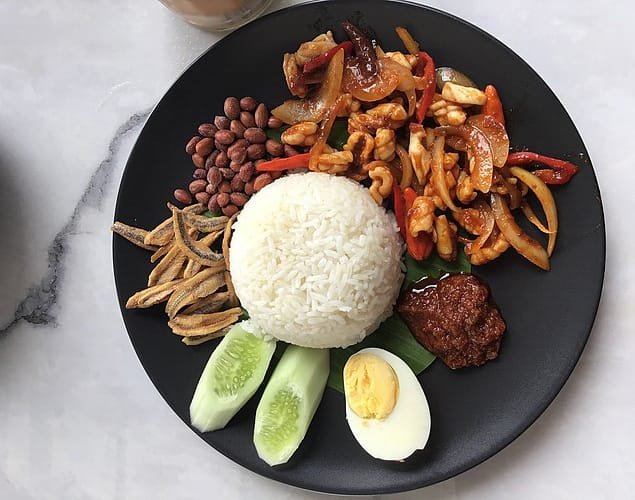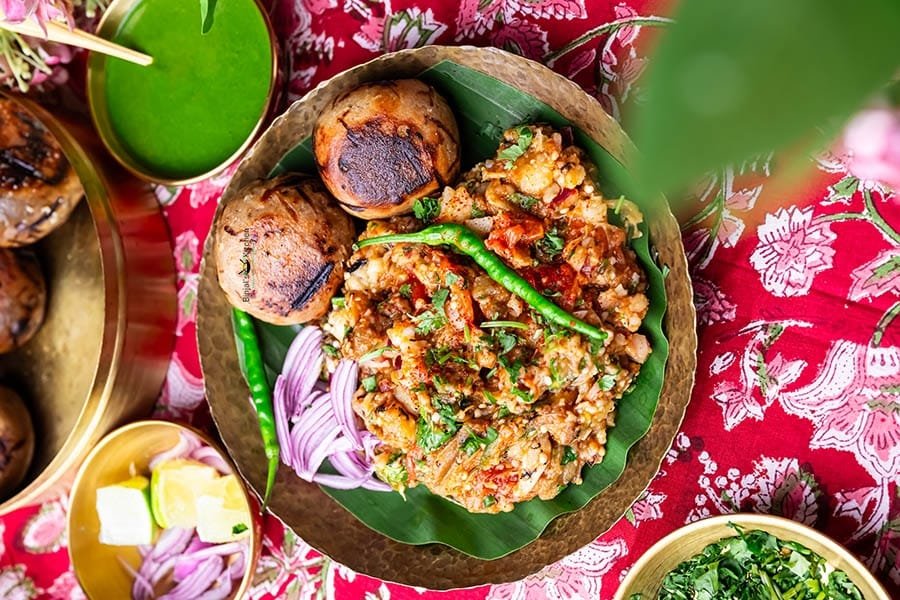Navratri is one of the most important Hindu festivals, celebrated across India with devotion, rituals, dance, and fasting. The word Navratri means “nine nights,” and each night is dedicated to a different form of Goddess Durga. Alongside prayers and cultural celebrations, food holds a sacred place during this festival.
For devotees, fasting is not just about abstaining from certain foods—it is also a spiritual discipline aimed at cleansing the body and mind. The Navratri diet follows the principles of satvik food, which emphasizes purity, simplicity, and balance. This article explores in detail what foods are allowed, what should be avoided, regional variations, and some popular recipes to enjoy during the nine days.
The Significance of Navratri Fasting
In Hindu tradition, food is closely tied to spirituality. During Navratri, devotees avoid tamasic (impure) and rajasic (overly stimulating) foods such as onion, garlic, meat, alcohol, and heavy grains. Instead, they consume sattvic food, which is light, easily digestible, and believed to promote peace and spiritual awareness.
Fasting also has a seasonal purpose. Navratri usually falls during the transition between summer and winter (Sharad Navratri) or winter and summer (Chaitra Navratri). During these periods, the body’s metabolism changes, and lighter meals help in maintaining health.
What to Eat During Navratri
- Flours and Grains
Since regular grains like wheat and rice are avoided, special flours and millets become the base of the vrat diet:
Kuttu ka atta (buckwheat flour): Used for pooris, pakoras, and pancakes.
Singhare ka atta (water chestnut flour): Ideal for rotis, halwa, and snacks.
Rajgira atta (amaranth flour): A protein-rich alternative for parathas and laddoos.
Sabudana (sago/tapioca pearls): Famous for khichdi, vada, and kheer.
Samak ke chawal (barnyard millet): Light and filling, eaten as rice substitute in pulao or khichdi.
- Vegetables
Certain vegetables are considered vrat-friendly, mostly root vegetables and gourds:
Potatoes, sweet potatoes, and arbi (colocasia)
Pumpkin, cucumber, bottle gourd (lauki)
Raw banana and yam (suran)
- Dairy Products
Dairy provides protein and richness to vrat meals:
Milk, curd (dahi), buttermilk
Paneer (cottage cheese)
Ghee and butter
- Fruits and Dry Fruits
Since fruits are considered sattvic, they are the most commonly eaten food:
Bananas, apples, papayas, pomegranates, guavas, and citrus fruits
Dry fruits like almonds, cashews, raisins, walnuts, and pistachios
Makhana (foxnuts), eaten roasted or in kheer
- Spices and Salt
Sendha namak (rock salt) replaces regular table salt.
Cumin, black pepper, green chili, ginger, cinnamon, and cardamom are used.
Popular Navratri Dishes
Navratri cuisine is simple yet delicious. Some common dishes include:
Sabudana Khichdi: Made with tapioca pearls, peanuts, and mild spices.
Sabudana Vada: Crispy fried fritters with potatoes and peanuts.
Kuttu Poori with Aloo Sabzi: A filling and traditional vrat meal.
Samak Rice Pulao: Millet cooked with vegetables, ghee, and mild spices.
Makhana Kheer: A creamy dessert made with milk and dry fruits.
Singhare Atta Halwa: A sweet dish made in ghee with sugar or jaggery.
Rajgira Laddoo: Energy-packed ladoos made with amaranth and jaggery.
Fruit Chaat: Fresh fruits tossed with sendha namak and black pepper.
Foods to Avoid During Navratri
Onion, garlic, mushrooms
Wheat, rice, corn, and other regular grains
Lentils, pulses, and legumes
Table salt (only sendha namak is allowed)
Non-vegetarian food, eggs, and alcohol
Regional Variations in Navratri Food
Navratri food traditions differ from region to region in India:
North India: Sabudana khichdi, aloo tamatar sabzi with kuttu poori, lassi, and fruit chaat are popular.
Western India (Maharashtra & Gujarat): Sabudana vada, thalipeeth (with vrat flours), and sweets like shrikhand. Gujarat also has special vrat thalis.
Eastern India: Devotees often eat fruits, sweets, and milk-based preparations. Bengal combines fasting with bhog offerings to Goddess Durga.
Southern India: While Navratri here is more focused on cultural rituals and golu displays, people prepare sundal (made of legumes, though fasting differs from the North).
Easy Navratri Recipes
- Sabudana Khichdi
Ingredients:
1 cup soaked sabudana
1 boiled potato (diced)
2 tbsp roasted peanuts
1 green chili (chopped)
Ghee, cumin seeds, sendha namak
Method:
- Heat ghee, add cumin seeds.
- Add green chili, potato, and peanuts.
- Stir in soaked sabudana with rock salt.
- Cook on low flame till sabudana turns translucent.
- Garnish with coriander leaves and lemon juice.
- Makhana Kheer
Ingredients:
2 cups makhana
1 liter milk
4 tbsp sugar or jaggery
Cardamom, almonds, and cashews
Method:
- Roast makhana lightly in ghee.
- Boil milk, add roasted makhana.
- Cook till soft and thickened.
- Add sugar, cardamom, and nuts.
- Kuttu Poori
Ingredients:
1 cup kuttu flour
1 boiled potato (mashed)
Sendha namak, ghee for frying
Method:
- Knead kuttu flour with mashed potato and rock salt.
- Roll into small pooris.
- Deep fry in hot ghee or oil.
- Serve with aloo sabzi.
Navratri Food as a Balance of Health and Spirituality
Navratri fasting is not about deprivation but about discipline, balance, and purification. With the use of sattvic ingredients like kuttu, sabudana, samak, and fresh fruits, devotees can maintain energy while keeping meals light and nourishing.
These foods are not only spiritually significant but also nutritionally beneficial. Millets and pseudo-grains provide fiber and protein, dairy gives calcium, and dry fruits offer healthy fats. In many ways, the Navratri diet aligns with modern concepts of gluten-free and wholesome eating.
Navratri is a festival that blends devotion, tradition, and wellness. The food eaten during these nine days reflects simplicity, purity, and respect for nature’s cycles. From sabudana vada to makhana kheer, every dish carries both cultural and spiritual significance.
Whether you fast strictly or partially, following the Navratri food traditions helps create a deeper connection between the body, mind, and spirit. In the end, Navratri is not just about what you eat—it is about how you live with discipline, gratitude, and devotion during these sacred nine nights.












